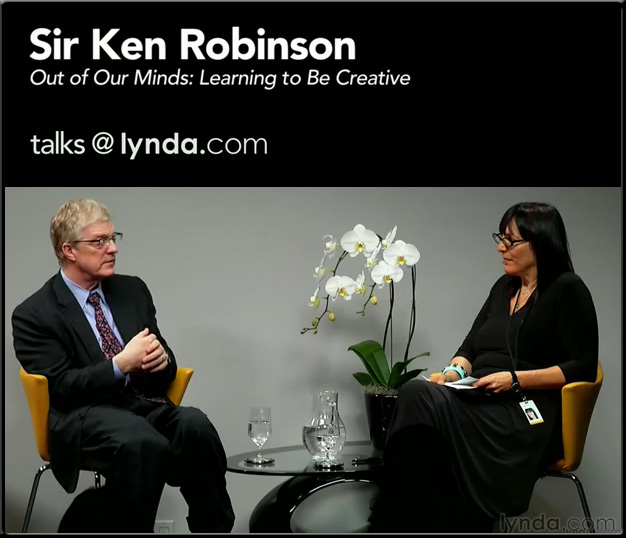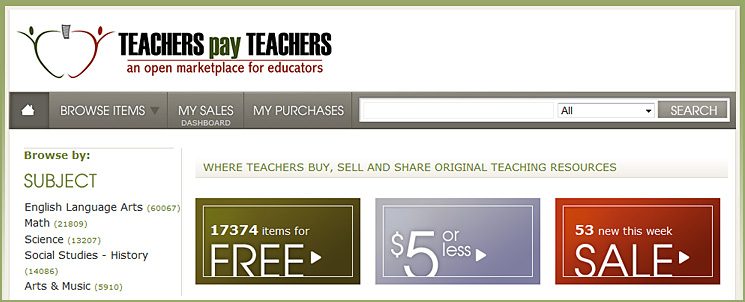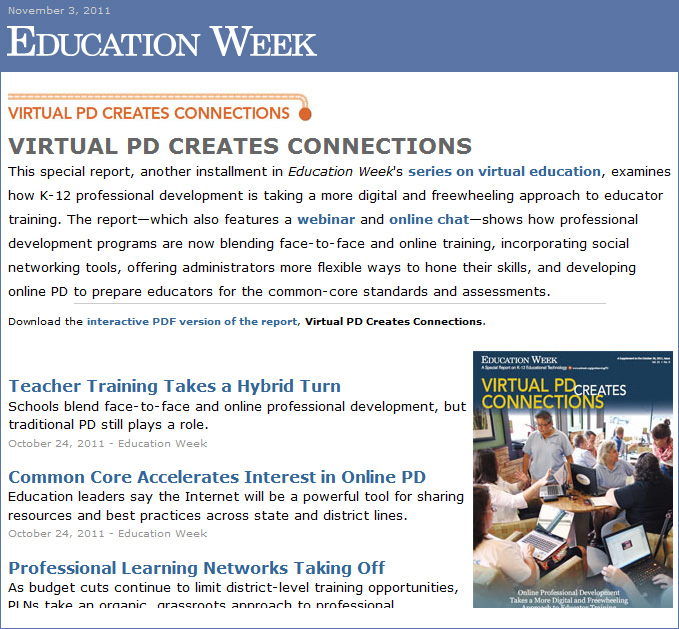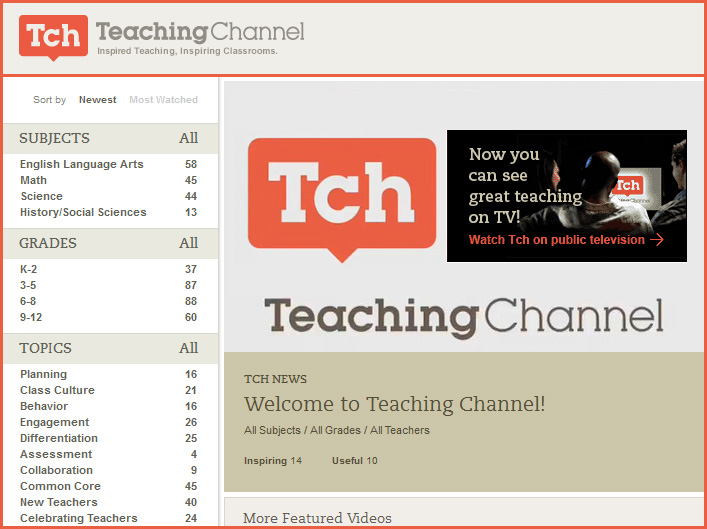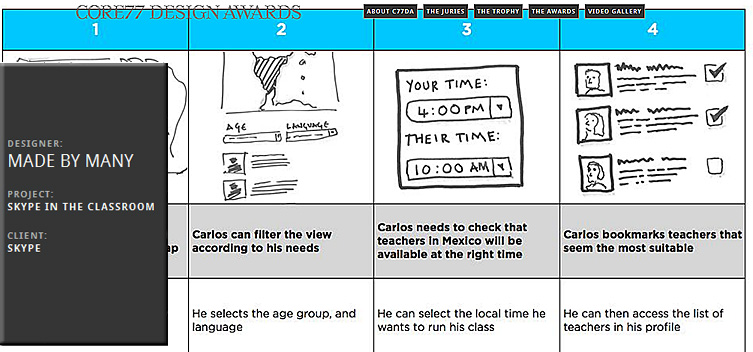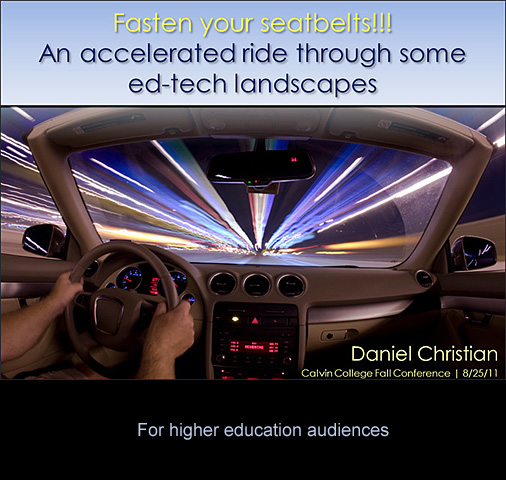Excerpt:
California is on the precipice of implementing the Common Core State Standards (CCSS), which were developed through an initiative of the National Governors Association and the Council of Chief State School Officers to reflect the knowledge and skills needed for success in college and careers. In California, one of 45 adopting states, the standards represent a significant shift in expectations for both teaching and learning, not just in English language arts (ELA) and mathematics, but also in literacy related to science and history/social science. The newly adopted standards call for a deep conceptual understanding of the content in ELA and mathematics and, also, for the ability to apply this content to other disciplines. New assessments aligned to the standards are due to be implemented in 2014-15. It all sounds good. But are teachers ready to teach to the new standards?
From DSC:
Due to my lack of knowledge, the jury is still out for me re: what I think about the Common Core State Standards. The crux of my struggle has to do with:
- Who determines which courses/topics are included in the standards — both now and in the future?
- How often will they be updated to insure the foundations are truly foundational to our students’ futures?
- Are such large swaths of standards helpful and effective or are they an extension of a one-size-fits all approach? (For example, I look back on some of the items that I took in K-12 — many of which I’ve forgotten and I never use — but I’ll bet are still in the standards. )
I would like to see some solid foundations being built as well — as I assume that’s what the standards seek to implement. I just hope we can provide places for students’ wide variety of passions to be identified, explored, and strongly nurtured as my economics training taught me that we all win when each of us does what we do best.
Can someone educate me on these standards? What are the upsides and downsides — the pros and cons — of these standards? Thanks!
Addendum on 3/2/12:
Google for Educators: Resources for using Google in school — from Dave the Educational Technology Guy
Also see:
- 70+ Google Forms for the Classroom — from edte.ch
40 inspiring blogs every special education teacher should read — from mastersinspecialeducation.org









